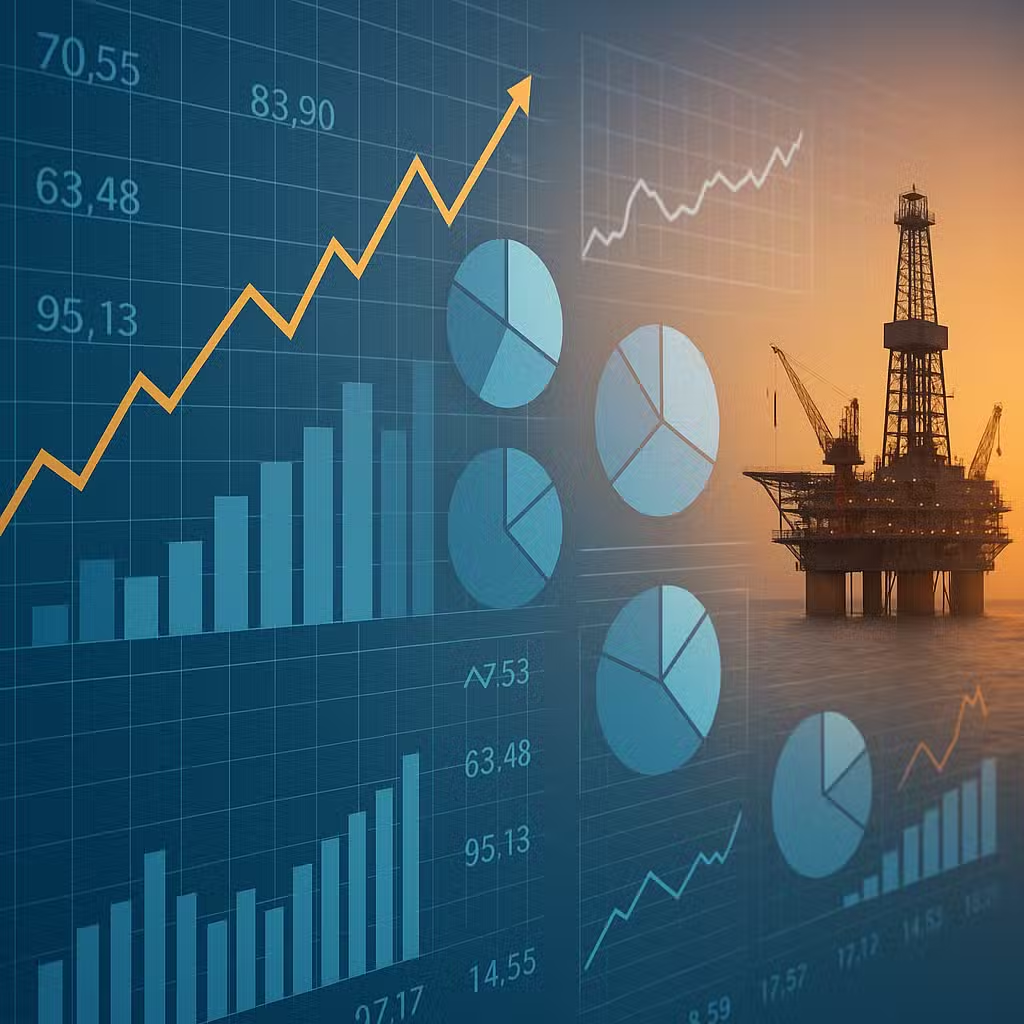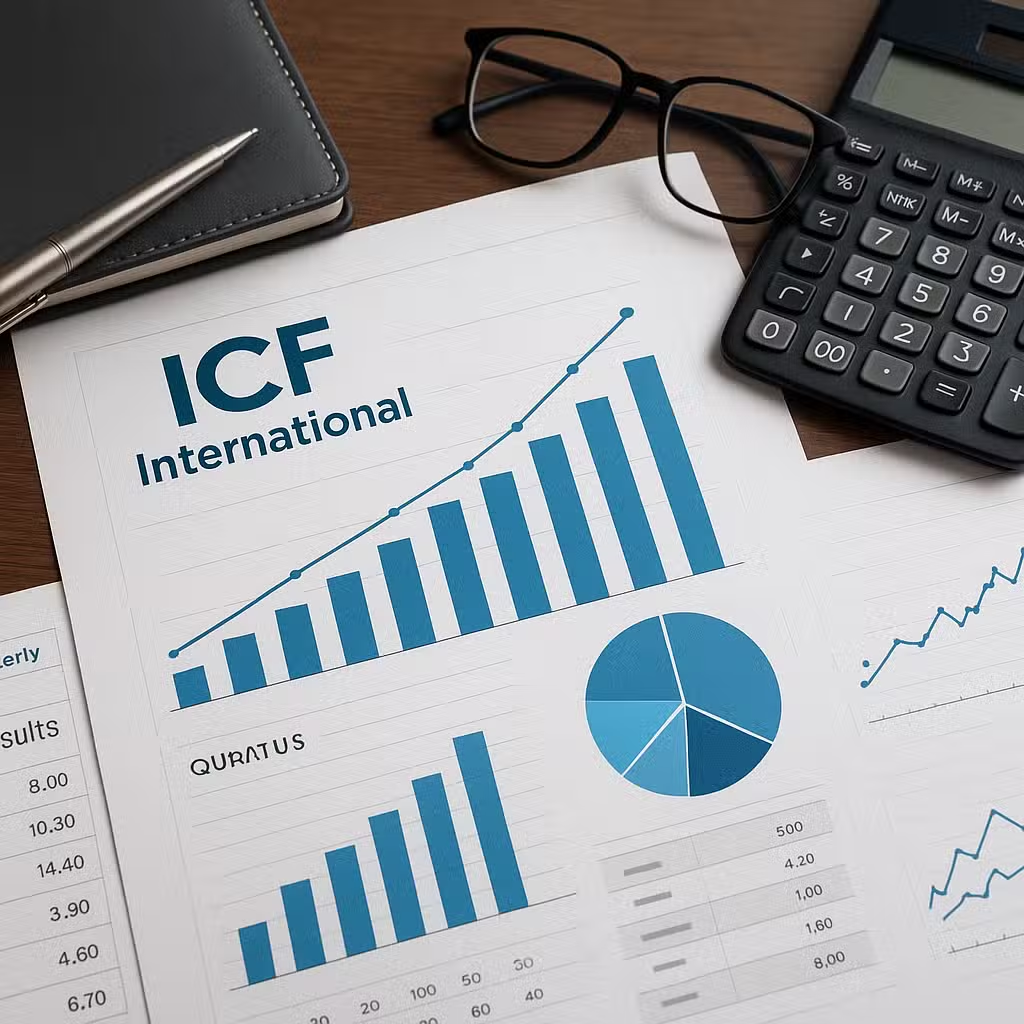Oil States Q3 2025 Results: Key Takeaways and Trends for Investors
Imagine building a LEGO set: some pieces are quick to snap together, but others take time and careful planning. That’s a lot like how Oil States International builds its business—some projects take longer but can be stronger in the end. Let’s look at why this matters for investors.
Why Investors Should Care
Oil States International (OIS) is a company that helps oil and gas companies work on big projects, especially offshore and around the world. Lately, OIS has been focusing more on these longer, bigger projects instead of quick jobs in the U.S. This shift can mean steadier income and stronger profits over time, which is important for anyone who owns the stock or is thinking about buying it.
According to Statista, global oil demand is expected to keep rising, which supports the case for companies investing in long-term offshore projects.
The Bull Case: Reasons to Be Positive
- Big Backlog: OIS has a backlog of $399 million, the highest since 2015. That’s like having a long list of orders to fill, which gives confidence for future earnings.
- Strong Offshore Focus: 75% of OIS’s revenue now comes from offshore and international work. These projects usually last longer and pay better.
- Cash Flow Growth: OIS doubled its cash flow from operations last quarter to $31 million, and expects over $100 million for the year. More cash means more flexibility and the ability to reward shareholders.
- Debt Reduction: The company is paying off debt and buying back shares, which can help boost the value of each share you own.
- Innovation & Awards: OIS is investing in new technologies, like safer drilling systems, and has won safety awards for its efforts.
The Bear Case: Risks and Challenges
- U.S. Land Slowdown: Revenue from U.S. land projects dropped sharply because fewer wells are being completed, partly due to lower oil prices and OPEC’s decisions.
- Tariff Trouble: Higher tariffs on imported steel (up to 88% from 25% a few years ago) have hurt profits in some parts of the business. This could keep squeezing margins until costs can be passed to customers or new suppliers are found.
- Project Timing: Some big projects are taking longer to start, which can delay when OIS gets paid.
- Global Uncertainty: Economic ups and downs, as well as trade disputes, can make it hard to predict future demand.
What’s Different This Time?
OIS is shifting from quick-turn U.S. work to bigger, longer offshore projects. Historically, offshore projects have steadier demand and higher margins, especially when oil prices are stable. According to a Rystad Energy report, offshore oil and gas investments are set to rise in coming years, even as onshore spending cools. This makes OIS’s strategy look smart if the trend continues.
What Could Go Right?
- Continued growth in offshore and international orders.
- Successful cost-cutting and margin improvements in U.S. operations.
- Passing higher tariff costs to customers without losing business.
- New technology wins more contracts and keeps OIS ahead of competitors.
What Could Go Wrong?
- Oil prices fall further, causing customers to delay or cancel projects.
- Tariff costs stay high and can’t be passed on, hurting profits.
- Delays in big projects mean slower revenue and cash flow.
- Global economic troubles reduce demand for oil and gas projects.
Investor Takeaway
- Watch the Backlog: A big backlog is good, but pay attention to how fast it turns into real sales and profits.
- Track Cash Flow: Strong cash flow lets OIS invest, pay down debt, and buy back shares, all of which can help shareholders.
- Monitor Tariff News: Changes in tariffs or trade deals could quickly change OIS’s profit outlook.
- Stay Diversified: OIS is riding the offshore wave, but no single sector is risk-free. Make sure your portfolio includes a mix of industries.
- Look for Signs of Recovery: If U.S. land activity picks up or tariffs ease, OIS could benefit even more.
Bottom line: OIS is building for the long term, focusing on bigger, steadier projects. That could mean smoother sailing for investors—just keep an eye on the risks along the way.
For the full original report, see Yahoo Finance







